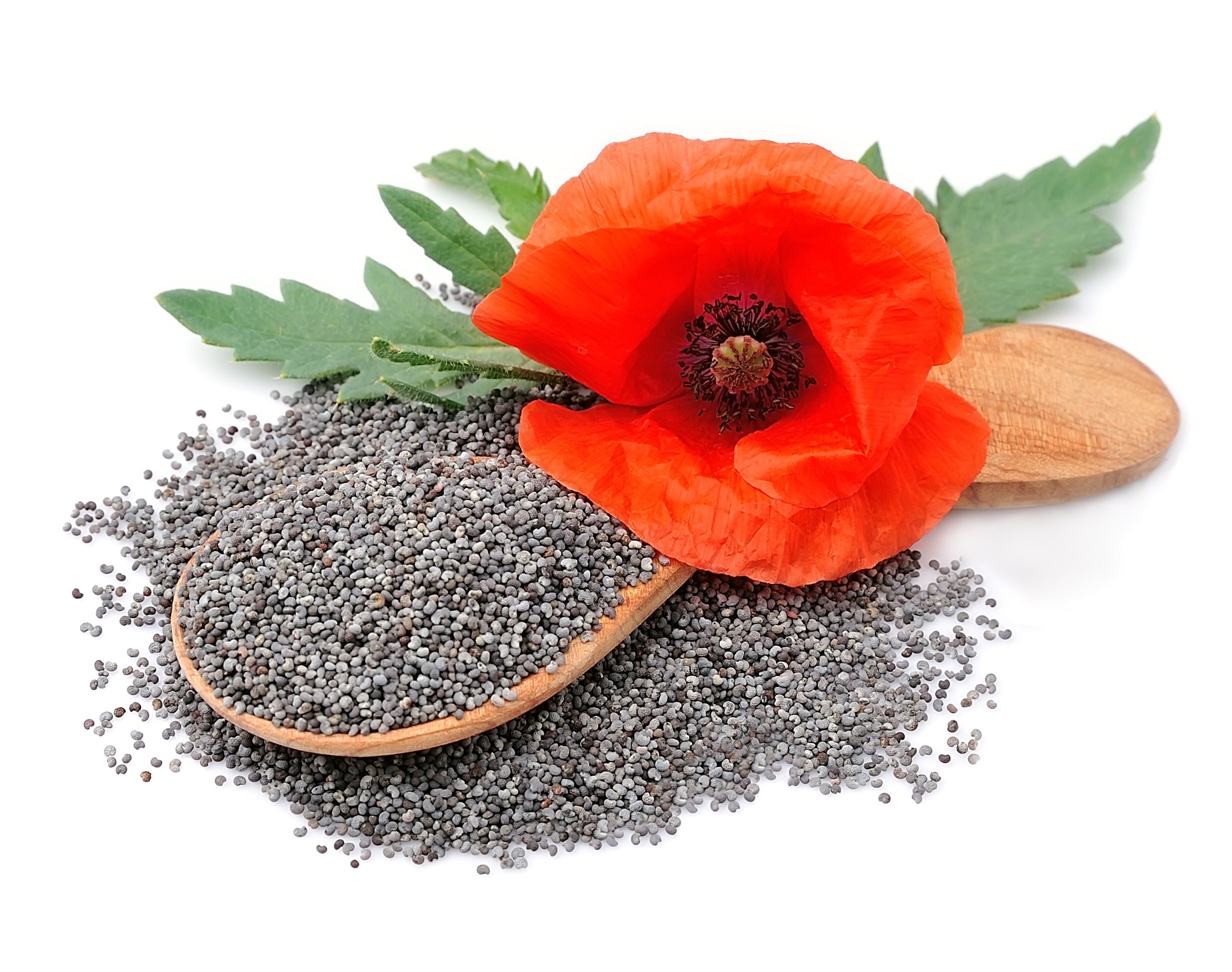New MS-Based Analysis Methods Used to Screen for Poppy Seeds in Food
In a recent study from the U.S. Food and Drug Administration (FDA), Sara E. Kern and her team tested different analysis methods for rapidly screening for poppy seeds in food samples.
Poppy seed with poppy flowers | Image Credit: © margo555 - stock.adobe.com

The poppy plant (Papaver somniferum) has been used throughout history for medical and culinary purposes, with naturally occurring alkaloids like morphine, codeine, and papaverine potentially stemming from the plant’s byproducts. When poppy plants fully mature, seeds without opium alkaloids can form within pods for use in the food industry. However, these seeds can be contaminated with alkaloids by the latex produced by the plants, which can be risky for consumers’ health. In the United States, there have been over 600 reported incidents linked to contaminated poppy-containing products such as tea, with 19 of those cases being fatalities. With poppy seeds being available to purchase and be shipped all over the world, safety measures must be taken to mitigate these risks.
The Forensic Chemistry Center, which is part of the U.S. FDA, recently evaluated different mass spectrometers (MS) capable of rapid screening to be used for high-throughput analyses of poppy seeds and other types of samples. Such analyses include direct analysis inreal-time (DART) ambient ionization source coupled to a single-quadrupole MS, an atmospheric solids analysis probe (ASAP) ionization source coupled to the same MS, and ion mobility spectrometers (IMS). With these instruments, 17 poppy seed samples were analyzed for the presence of alkaloids.
From there, the results were compared to data obtained via liquid chromatography with mass spectral detection (LC–MS/MS). According to the results, the DART-MS, ASAP-MS, and IMS devices detected most of the same alkaloids as the LC–MS/MS analyses. However, the false-positive and false-negative rates were higher in the former scenarios, which could be because of a lack of sample homogeneity and chromatographic separation in those instances.
Reference
(1) Kern, S. E.; Voelker, S. E.; Lorenz, L. M.; Dicken, R. D.; Sterling, M. E.; Mohrhaus, A. S.; Tooney, V. M. Comparison of Direct Analysis in Real-Time Mass Spectrometry, Atmospheric Solids Analysis Probe–Mass Spectrometry, and Ion Mobility Spectrometry for Ensuring Food Safety by Rapid Screening of Poppy Seeds. Anal. Bioanal. Chem. 2024, 416, 827–837. DOI: https://doi.org/10.1007/s00216-023-05042-6
Analytical Challenges in Measuring Migration from Food Contact Materials
November 2nd 2015Food contact materials contain low molecular weight additives and processing aids which can migrate into foods leading to trace levels of contamination. Food safety is ensured through regulations, comprising compositional controls and migration limits, which present a significant analytical challenge to the food industry to ensure compliance and demonstrate due diligence. Of the various analytical approaches, LC-MS/MS has proved to be an essential tool in monitoring migration of target compounds into foods, and more sophisticated approaches such as LC-high resolution MS (Orbitrap) are being increasingly used for untargeted analysis to monitor non-intentionally added substances. This podcast will provide an overview to this area, illustrated with various applications showing current approaches being employed.
New Method Explored for the Detection of CECs in Crops Irrigated with Contaminated Water
April 30th 2025This new study presents a validated QuEChERS–LC-MS/MS method for detecting eight persistent, mobile, and toxic substances in escarole, tomatoes, and tomato leaves irrigated with contaminated water.

.png&w=3840&q=75)

.png&w=3840&q=75)



.png&w=3840&q=75)



.png&w=3840&q=75)


